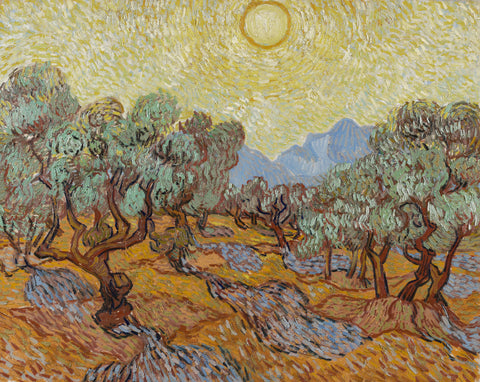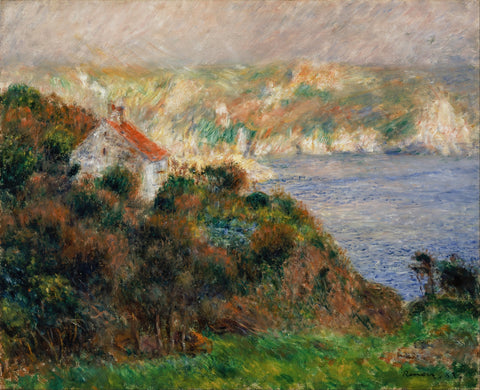Introduction:
Post-Impressionism, a term coined to describe the development of French art since Manet, represents a pivotal moment in the art world. Emerging in the late 19th and early 20th centuries, Post-Impressionism takes the foundational elements of Impressionism and propels them into new, uncharted territories of color, form, and expression. Post-Impressionism emerged as a reaction against Impressionists' concern for the naturalistic depiction of light and color.
Defining Post-Impressionism:
Post-Impressionism is not a cohesive movement with a singular style or technique. Instead, it's an umbrella term that encompasses various artists who, while inheriting the Impressionistic focus on naturalistic depiction of light and color, sought to infuse their works with more symbolic content, emotional depth, and a focus on structure. The Post-Impressionists were not content with what they felt was the triviality of subject matter and the loss of structure in Impressionist paintings, though they did not agree on the way forward.
Key Characteristics:
-
Vivid Colors: Post-Impressionist works are known for their vivid colors, often applied in thick layers (impasto) and sometimes straight from the tube.
-
Distinctive Brushstrokes: While Impressionists used quick, small brushstrokes, Post-Impressionists often employed more deliberate and visible brushstrokes, adding texture and movement to their paintings.
-
Geometric Forms: Many Post-Impressionist artists experimented with geometric forms, distorting them for expressive effect and moving towards abstraction.
-
Symbolic Content: Unlike the fleeting scenes of Impressionism, Post-Impressionism often included a greater focus on symbolic content, conveying deeper emotional or psychological meaning.
Influential Artists:
-
Vincent van Gogh: Known for his emotive use of color and brushwork, Van Gogh's work is a vivid expression of his psychological state, as seen in masterpieces like "Starry Night."
-
Paul Cézanne: Cézanne's exploration of geometric simplification, seen in works like "Mont Sainte-Victoire," laid the groundwork for the development of Cubism.
-
Georges Seurat: Seurat introduced Pointillism, a technique of painting in small dots of color that blend when viewed from a distance, adding a scientific rigor to the use of color.
-
Paul Gauguin: Gauguin is known for his symbolic color and exotic themes, often depicting life in places like Tahiti, as seen in "Where Do We Come From? What Are We? Where Are We Going?"
Impact and Legacy:
Post-Impressionism opened the door for modern art movements such as Cubism, Fauvism, and Expressionism. The emphasis on abstract qualities and symbolic content broke away from the representational tradition, setting the stage for the diverse art movements of the 20th century.
Conclusion:
Post-Impressionism represents a crucial chapter in the history of art, marking the transition from the 19th-century Impressionism to the modern art of the 20th century. Through their innovative approaches to color, form, and composition, Post-Impressionist artists not only transformed the landscape of art but also paved the way for future artists to explore and express their inner worlds in increasingly abstract and diverse ways.
Van Gogh-Starry Night

Cezanne- Mont Sainte-Victoire

Seurat-Sunday on La Grande Jatte

Gauguin-Where Do We Come From? What Are We? Where Are We Going?




Comments (0)
There are no comments for this article. Be the first one to leave a message!